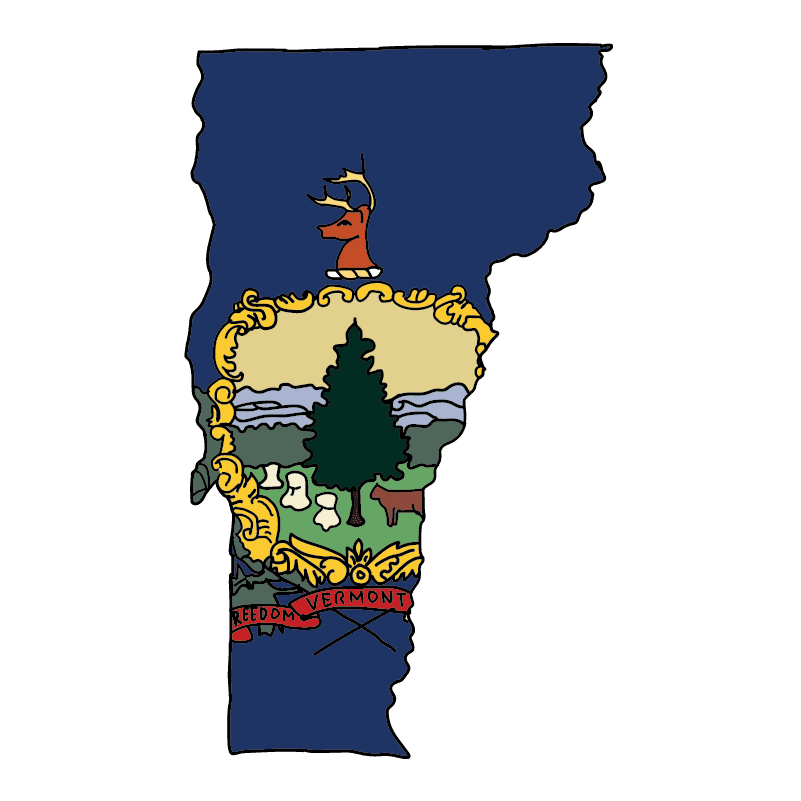Roses are a beloved flower, and their history and cultural significance are fascinating. Vermont, known for its vibrant culture, natural beauty, and diverse topography, has a long history with the rose. The state’s climate and soil are ideal for growing various types of roses. Additionally, Vermont is a popular destination for rose enthusiasts.
Over the years, the popularity of roses grew, and today there are numerous rose gardens throughout the state. Vermont’s rose gardens are not only beautiful but also have cultural significance. Roses have been used in various cultural traditions and are often associated with love, beauty, and passion.
The culture of roses in Vermont is also rich and diverse. From the state’s famous flower shows to the various rose societies and garden clubs, Vermont has a vibrant community of rose enthusiasts. These groups not only celebrate the beauty of roses but also work to preserve and promote the culture and history of roses in the state. Whether you are a seasoned rose enthusiast or just starting to appreciate the beauty of roses, Vermont has something to offer.
Historical Roots
Roses have a rich cultural and historical significance in Vermont. The state’s long history of rose cultivation dates back to the 18th century when the first European settlers introduced the flower to the region. Since then, the rose has become an integral part of Vermont’s cultural heritage.
One of the earliest known rose cultivars in Vermont is the Rosa rugosa, commonly known as the “beach rose.” This rose is native to Asia but was introduced to the state in the early 1800s. It is a hardy variety that has adapted well to Vermont’s climate and soil conditions.
Another popular rose variety in Vermont is the Rosa gallica, also known as the “Apothecary’s Rose.” This variety has a long history of use in herbal medicine and was once a common sight in the gardens of Vermont’s early settlers. Today, it is still cultivated for its medicinal properties and ornamental value.
Over the years, many other rose varieties have been introduced to Vermont, including hybrid teas, floribundas, and climbers. These roses have been bred for their beauty, fragrance, and disease resistance, making them a popular choice for gardeners and landscapers alike.
Today, Vermont is home to several rose gardens and nurseries that specialize in growing and selling roses. These gardens and nurseries offer a wide variety of rose cultivars, including many heirloom varieties that are no longer widely available. Whether you are a seasoned rose enthusiast or a beginner gardener, Vermont’s rich history and culture of roses are sure to inspire and delight.
Cultural Significance
Roses have a rich history dating back several million years, and they have been a part of human culture for over 5000 years. Vermont’s culture has also been influenced by roses over the years.
In Vermont, roses were initially grown for ornamental purposes. The state’s cool climate made it challenging to grow roses. However, breeders developed cold-hardy varieties that could withstand the harsh winters. These roses became popular among Vermonters, and they started growing them in their gardens and using them for decoration.
Roses also have a symbolic significance in Vermont’s culture. They are often associated with love, passion, and beauty. The state’s official flower is the red clover, but roses are also widely recognized and appreciated.
Vermonters have also used roses for medicinal purposes. Rosehips, the fruit of the rose plant, are rich in vitamin C and have been used to treat colds and flu. They are also used to make jams, jellies, and tea.
In conclusion, roses have played a significant role in Vermont’s culture. From their ornamental value to their medicinal properties, roses have been appreciated and utilized by Vermonters for generations.
Economic Impact
Rose cultivation in Vermont is a thriving industry. Many local growers have been producing a variety of roses for both commercial and personal use. The state has cool summers and cold winters, hence it provides ideal conditions for many rose species.
The most commonly grown roses in Vermont are hardy species of roses, which are known for their ability to withstand cold temperatures and harsh weather conditions. These roses are particularly popular among gardeners who are looking for low-maintenance plants that require minimal care and attention.
In addition to hardy species roses, many Vermont growers also cultivate hybrid tea roses, which are prized for their large, showy blooms and vibrant colors. These roses require more care and attention than hardy species roses, but they are well worth the effort for those who are willing to put in the time and energy.
Overall, rose cultivation in Vermont is a thriving industry that provides both economic and aesthetic benefits to the state. With a wide variety of roses to choose from and ideal growing conditions, it’s no wonder that so many growers have chosen to make roses a part of their business or personal gardens.
Artistic & Literary Influence
Roses have played a significant role in Vermont’s art and literature for centuries. From paintings to poems, Vermont artists and writers have used roses to symbolize love, beauty, and purity.
Vermont artist Julie Y Baker Albright painted a series of still-life floral paintings including roses. Her paintings captured the beauty and delicacy of the flower. Moreover, her use of light and shadow created a sense of depth and texture. In literature, Vermont poet Robert Frost used roses as a symbol of love and beauty in his poem “The Rose Family.” The poem describes a family of roses in a garden, each with its own unique beauty. Frost’s use of imagery and metaphor creates a vivid picture of the garden and the roses within it.
In contemporary Vermont literature, author Katherine Paterson uses rose symbolism in her novel “Bread and Roses, Too” which talks about child labor and modern capitalism.
Overall, roses have played a significant role in Vermont’s art and literature, symbolizing love, beauty, and hope. Vermont artists and writers continue to use roses in their work today, honoring the flower’s rich historical significance.
Conclusion
The cultivation of roses in Vermont mirrors the state’s distinctive history and geography. With its varied topography and optimal soil conditions, Vermont’s terrain has influenced both the cultivation and admiration of roses in the area. Ultimately, the cultural importance of roses in Vermont is firmly entrenched in its historical narrative and remains a pivotal aspect of its contemporary culture. Whether adorning gardens or marking significant events, roses hold a revered and enduring place in Vermont’s floral landscape.

EXCLUSIVE Vermont COLLECTION
Visit Store
From Clothes & Apparel To Home Décor & Accessories. Free Returns. Unique Designs. Worldwide Shipping.
